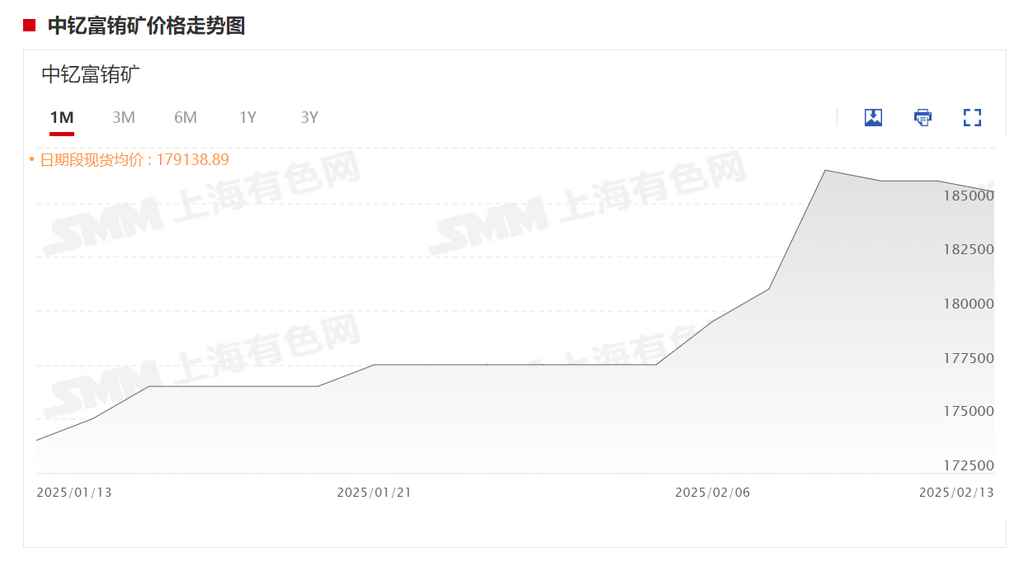







SMM, February 5: After the Chinese New Year holiday, the rare earth market has shown an overall strengthening trend. Separation enterprises have reported that the issue of tight mine supply is becoming increasingly prominent, with some raw ore separation enterprises experiencing production cuts or shutdowns due to difficulties in procuring raw materials. Against this backdrop, suppliers have intensified their reluctance to sell rare earth raw materials, leading to the first post-holiday price surge in the rare earth market amid tight supply.

What is the current supply situation of Myanmar ore? According to multiple ore trading companies, the current cost of Myanmar ore is relatively high: the tax-related costs for local operations and imports alone amount to 70,000 yuan per mt. Additionally, most mining sites rely on gasoline generators for power supply, and gasoline prices in Myanmar are significantly higher than those in China. Coupled with the high electricity consumption of mining sites, this has caused a substantial increase in the cost of Myanmar ore. Under the current circumstances of difficulties in importing Myanmar ore, miners are unwilling to sell at low prices, making the supply of ion-adsorption ore in the rare earth market tight and low-priced sources hard to find.

》Apply for a Free Trial of the SMM Metal Industry Chain Database
With the rapid surge in rare earth oxide prices, the market has shown evident concerns about high prices. It is understood that the order prices accepted by downstream magnetic material enterprises before the Chinese New Year were generally low, which has led buyers to adopt a wait-and-see attitude toward the soaring raw material prices, with relatively low acceptance. Meanwhile, some traders have taken advantage of the price surge to sell off inventory, which caused rare earth prices to pull back slightly after a brief spike this week. However, most industry insiders believe that the likelihood of a significant drop in rare earth prices is relatively small, and they predict that prices are expected to gradually stabilize in the near term. Furthermore, considering the sustained global demand for rare earths and the complexity of the supply chain, rare earth prices are likely to remain supported for some time to come.
For queries, please contact Lemon Zhao at lemonzhao@smm.cn
For more information on how to access our research reports, please email service.en@smm.cn